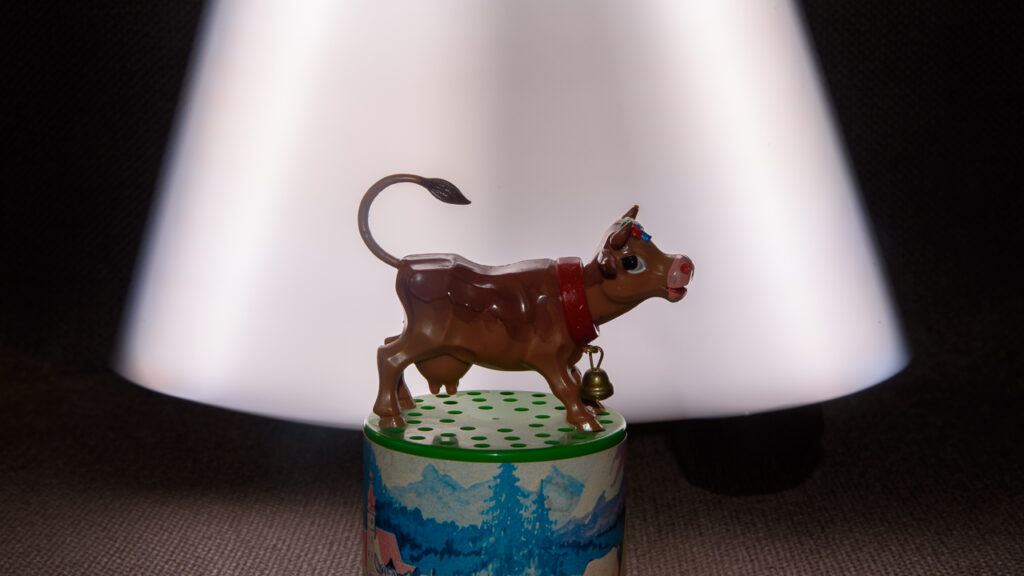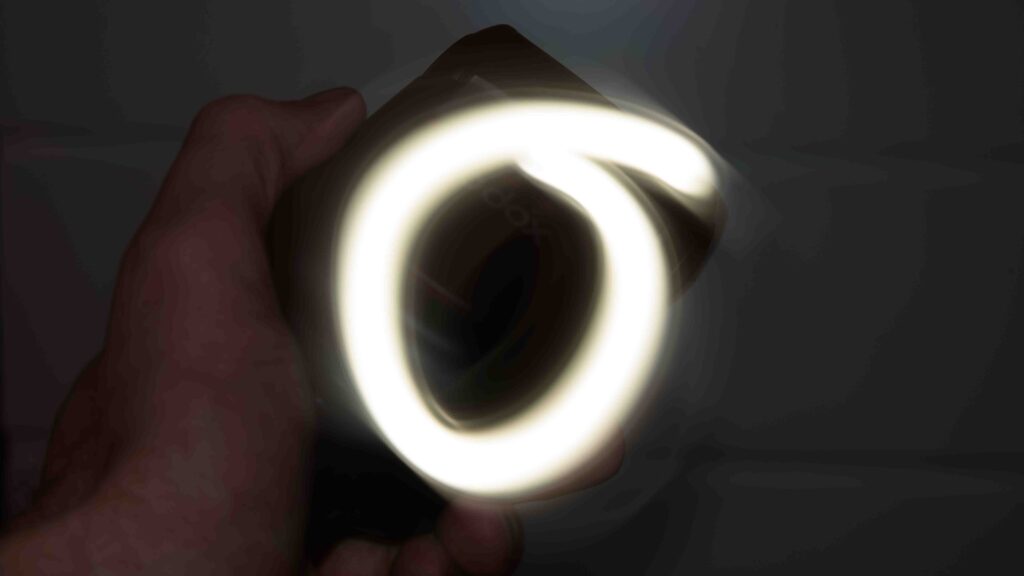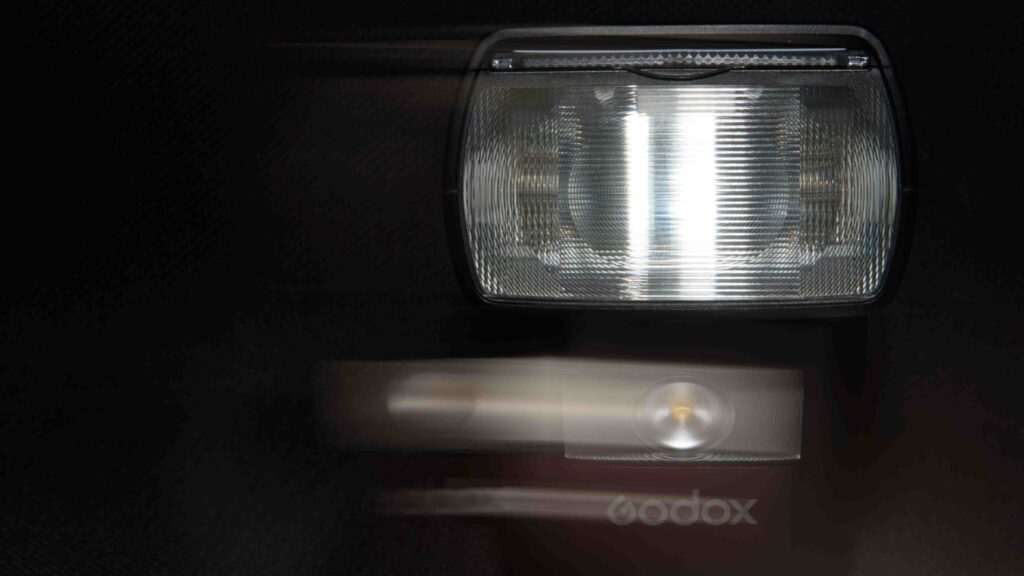-
Flash and ambient light combined
When you shoot with a flash, there are two exposures going on at the same time: one originating from the ambient light, the other to the flash firing. The pop in “pop and blur” is the flash firing, and the blur is the shutter being open for sufficiently long time to let in the ambient light. So pop and blur is combining flash and ambient exposure in one and the same image.

If something in the frame gives off light, like the headlights of a car or a flashlight, any movement made will be captured by the long exposure. This is in stark contrast to objects only being lit up by the flash. It is this combination of things moving and things standing very still that makes pop and blur so fascinating, if you ask me.

If you let your subject be lit up by both the flash and the ambient light while moving, then you get a “trailing” look – you may have seen photographers use this for catching people dancing as this gives a very sharp image and illustrates the movement at the same time.

Your cameras default setting is most likely to activate the flash at the beginning of the exposure – also known as first curtain synchronisation. Most cameras allow that you change this to be flipped upside down, so the camera now fires the flash with second curtains synchronization. This way you can control the order of the flash and blur. With first curtain sync the flash fires at the beginning of the exposure, with second (or rear) curtain synchronization, it fires at the end of the exposure.
